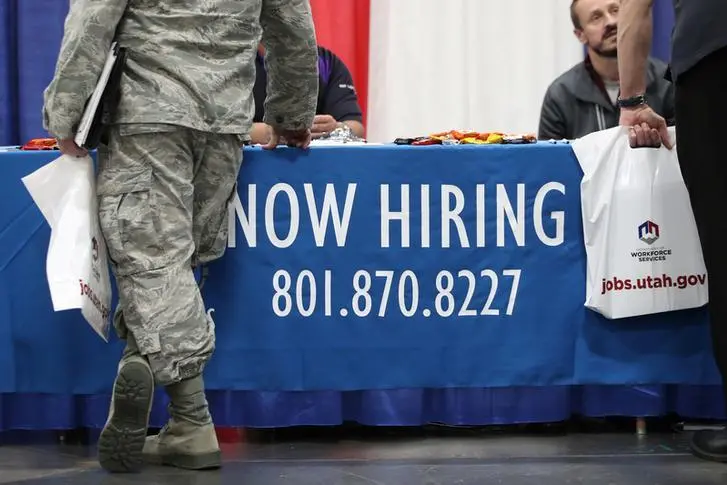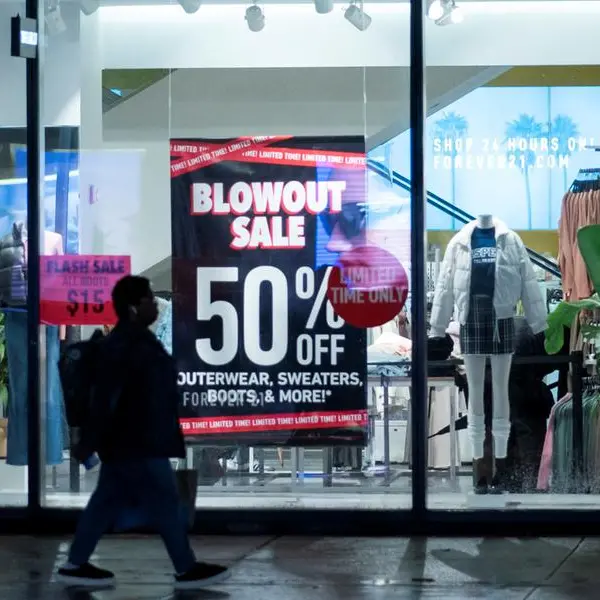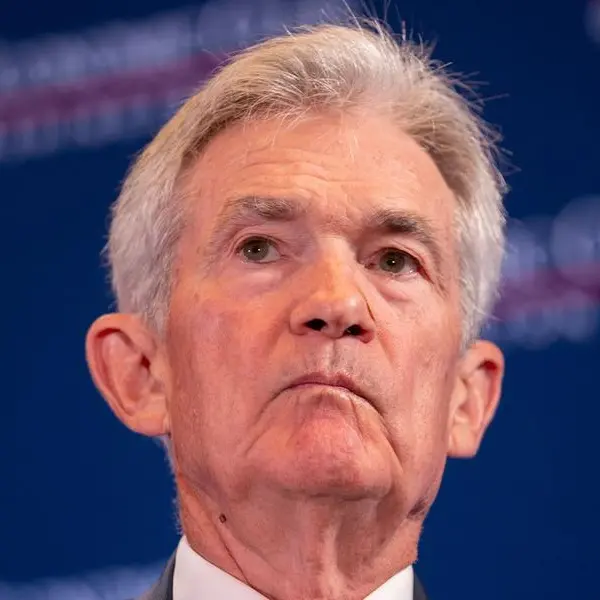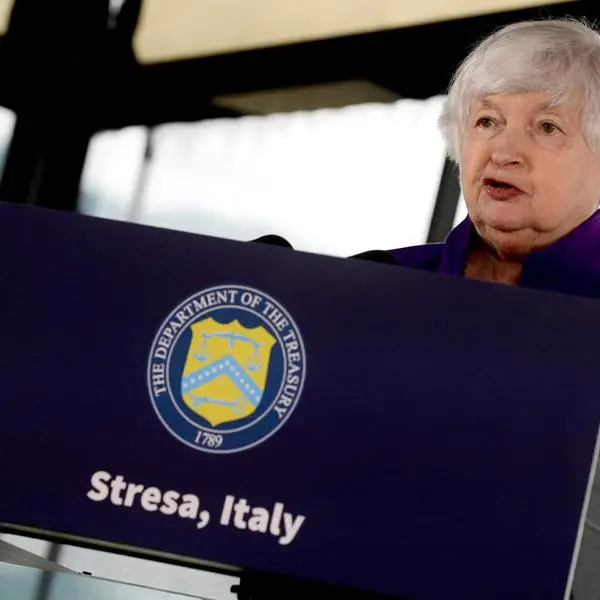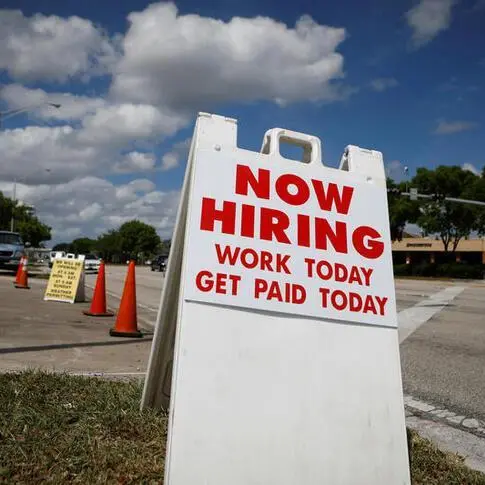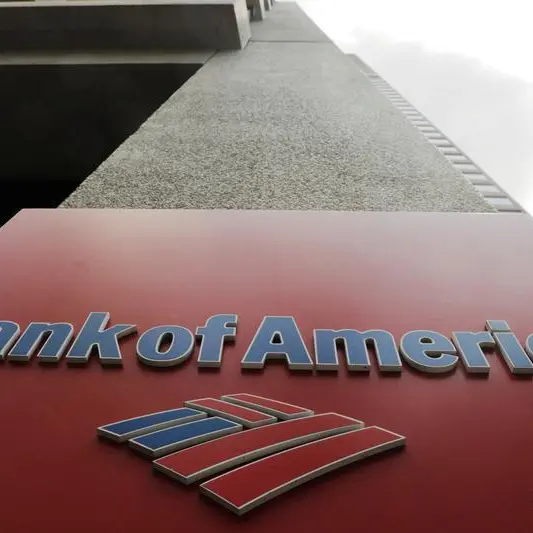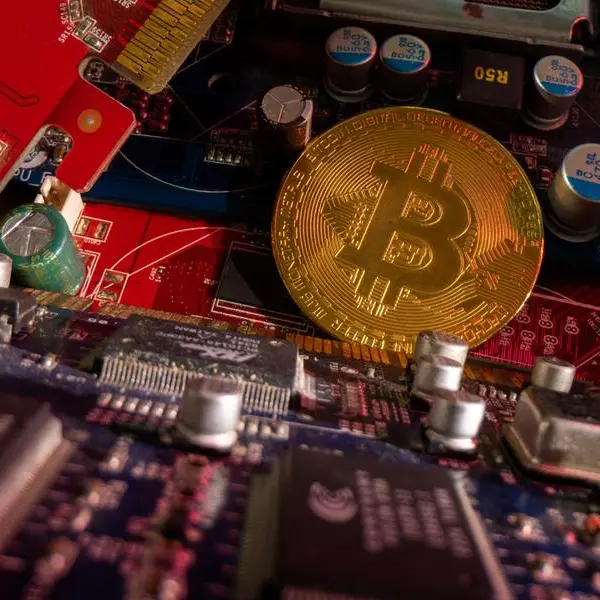PHOTO
U.S. job growth was likely the smallest in nearly two years in November as mounting worries of a recession cooled demand for labor, which could give the Federal Reserve confidence to start slowing the pace of its interest rate hikes this month.
The Labor Department's closely watched employment report on Friday, which is also expected to show a continued moderation in wage gains last month, would follow on the heels of news on Thursday of a slowdown in inflation in October.
But the labor market remains tight, with 1.7 job openings for every unemployed person in October, keeping the Fed on its monetary tightening path at least through the first half of 2023. Labor market strength is also one of the reasons economists believe an anticipated recession next year would be short and shallow.
"It's kind of like it's good news but not great news. The labor market is still very strong and still very tight," said Agron Nicaj, U.S. economist at MUFG in New York. "The Fed might slow down the pace of rate hikes, but they are not at a point where they are going to completely stop."
The survey of business establishments is likely to show that nonfarm payrolls increased by 200,000 jobs last month, according to a Reuters poll of economists, the smallest number since December 2020, after rising by 261,000 in October. Estimates ranged from 133,000 to 270,000.
The Reuters poll was, however, conducted before an Institute for Supply Management report on Thursday, which showed manufacturing contracting in November for the first time in 2-1/2 years, with a measure of factory employment falling sharply. That prompted some economists to lower their November payrolls forecasts.
October payrolls could be revised lower after the household survey, from which the unemployment rate is derived, showed a loss of 328,000 jobs that month, which economists said could have an impact on the employment count for November.
Employment growth averaged 407,000 jobs per month this year compared with 562,000 in 2021. Fed Chair Jerome Powell said on Wednesday the U.S. central bank could scale back the pace of its rate increases "as soon as December."
Fed officials meet on Dec. 13 and 14. The Fed has raised its policy rate by 375 basis points this year from near zero to a 3.75%-4.00% range in the fastest rate-hiking cycle since the 1980s as it battles high inflation.
COMPANIES RIGHT-SIZING
Economists said most of the slowdown in hiring was by big companies. Technology companies, including Twitter, Amazon and Meta, the parent of Facebook, have announced thousands of jobs cuts.
Economists said these companies were right-sizing after over-hiring during the COVID-19 pandemic. They noted that small firms remained desperate for workers.
There were 10.3 million job openings at the end of October, many of them in the leisure and hospitality as well as healthcare and social assistance industries.
"The S&P 500 companies are not going to be driving job growth, its mainly going to be the small business sector," said Brian Bethune, an economics professor at Boston College.
The unemployment rate is seen unchanged at 3.7%, consistent with a still-tight labor market. Average hourly earnings are forecast to have increased 0.3% after advancing 0.4% in October. That would lower the annual increase in wages to a still-high 4.6% from 4.7% in October. Wages growth peaked at 5.6% in March.
"This is a pace that is uncomfortably high for the Fed and not consistent with the 2% inflation target, though officials may take some comfort from the downward trajectory in the annual pace over the past eight months," said Sam Bullard, a senior economist at Wells Fargo in Charlotte, North Carolina.
Data on Thursday showed the personal consumption expenditures (PCE) price index, excluding the volatile food and energy components, climbed 5.0% on a year-on-year basis in October after increasing 5.2% in September.
The wage gains are helping consumers to weather the inflation storm, keeping the economy on a steady growth path and raising cautious optimism that the nation could avoid a recession altogether.
"I still believe the economy tips into a short and shallow recession mid-2023, based on eroding labor market growth, but the probability of no recession is now higher," said Steven Blitz, chief U.S. economist at TS Lombard in New York. (Reporting by Lucia Mutikani; Editing by Andrea Ricci)
